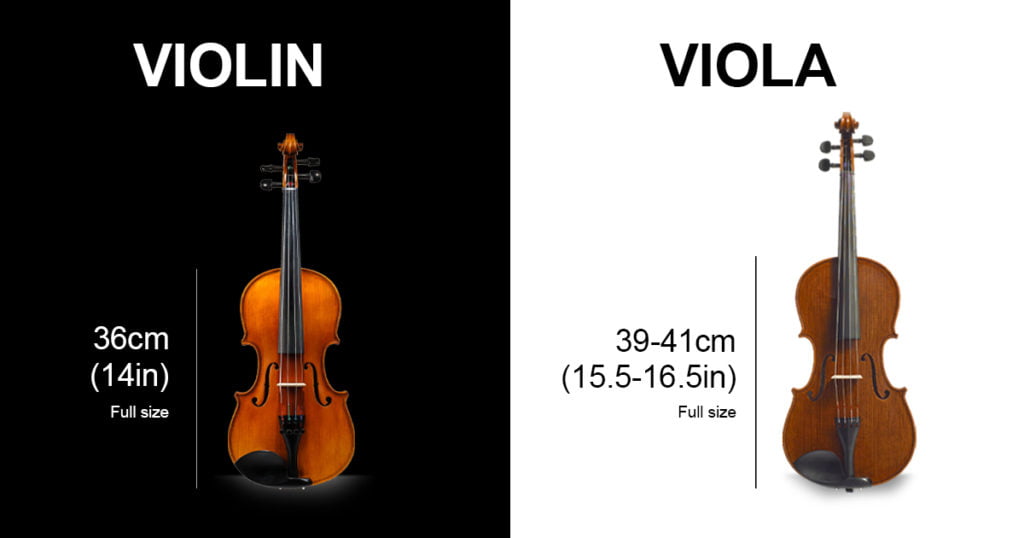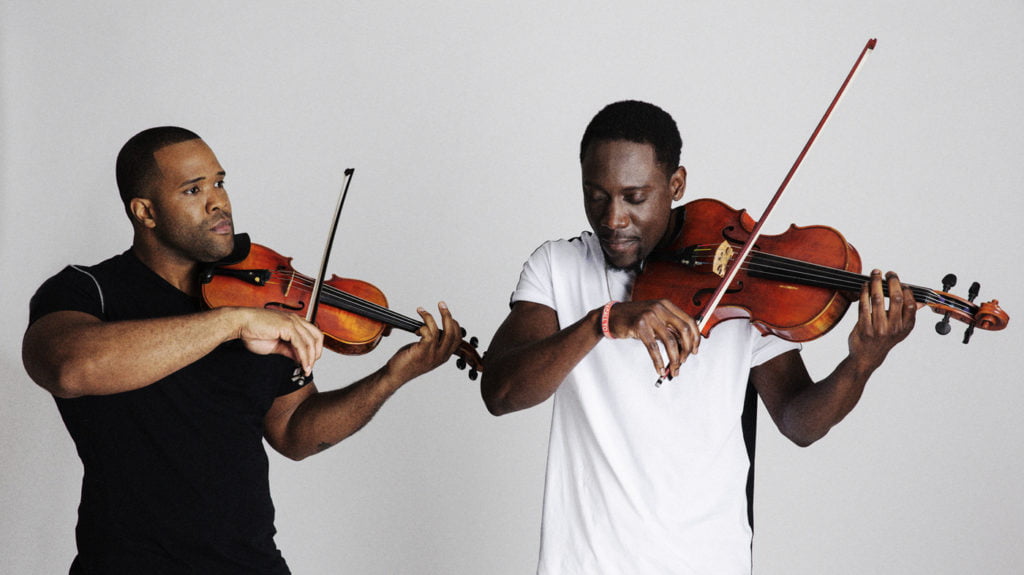In the world of orchestral string instruments, the viola and violin stand out as two prominent members. While they may appear similar at first glance, the viola and violin have distinct characteristics that set them apart. In this article, we will explore the differences between the viola and violin, including their size, sound, playing technique, and repertoire. By understanding these distinctions, aspiring musicians can gain a deeper appreciation for each instrument and make an informed decision about which one suits their musical preferences.
Contents
The differences between Violin and Viola
Size and Appearance
One of the most noticeable differences between the viola and violin lies in their size. The violin is smaller and more compact, measuring around 14 inches in length, while the viola is larger, typically ranging between 15 to 17 inches. This difference in size gives the viola a slightly deeper and richer tone compared to the brighter and more focused sound of the violin. The viola also features a broader body and longer strings, contributing to its unique timbre.

Sound and Tone
The viola’s larger size and longer strings result in a lower pitch range compared to the violin. The viola is tuned a perfect fifth lower than the violin, with its strings typically tuned to C-G-D-A. This lower register gives the viola a warm and mellow sound, often described as expressive and soulful. In contrast, the violin’s smaller size and higher pitch range allow for a bright and piercing sound that is well-suited for carrying melodic lines and soaring solos.
Playing Technique
The technique used to play the viola and violin is largely similar, as they share the same bowing and fingering techniques. However, due to its larger size and longer scale length, the viola requires more physical effort to play. The spacing between the notes on the fingerboard is wider, making stretches and hand positions slightly more challenging for violists. Violinists, on the other hand, often navigate intricate passages and high-speed passages with agility and precision due to the violin’s smaller size and shorter scale length.

Repertoire and Role in Music
The viola and violin have different roles within an ensemble or orchestra. The violin is highly versatile and prominent, taking on a leading role in orchestral melodies, concertos, and chamber music. It has a vast repertoire and is known for its expressive capabilities and virtuosic possibilities. The viola, although less well-known to the general public, plays a crucial role in providing harmony, depth, and richness to the orchestral sound. It often performs inner harmonies, counter-melodies, and supportive roles in chamber music settings.
The viola’s distinct sound and expressive qualities have also led to a specific repertoire that showcases its unique capabilities. Composers such as Wolfgang Amadeus Mozart, Johann Sebastian Bach, and Béla Bartók have written notable compositions for the viola, allowing it to shine in solo and chamber music settings. Additionally, the viola is an integral part of the string quartet, where it often takes the role of the middle voice, blending the sounds of the violin and cello.

Conclusion
While the viola and violin share similarities in terms of playing technique and appearance, their differences in size, sound, playing technique, and repertoire make each instrument distinct. The viola’s larger size and deeper tone contribute to its expressive and soulful sound, while the violin’s smaller size and brighter tone lend themselves well to melodic lines and virtuosic passages. Whether one chooses the viola or violin depends on personal preferences, musical aspirations, and the desired role within an ensemble or orchestra. Both instruments offer unique musical experiences and a place in the rich tapestry of stringed instruments.
